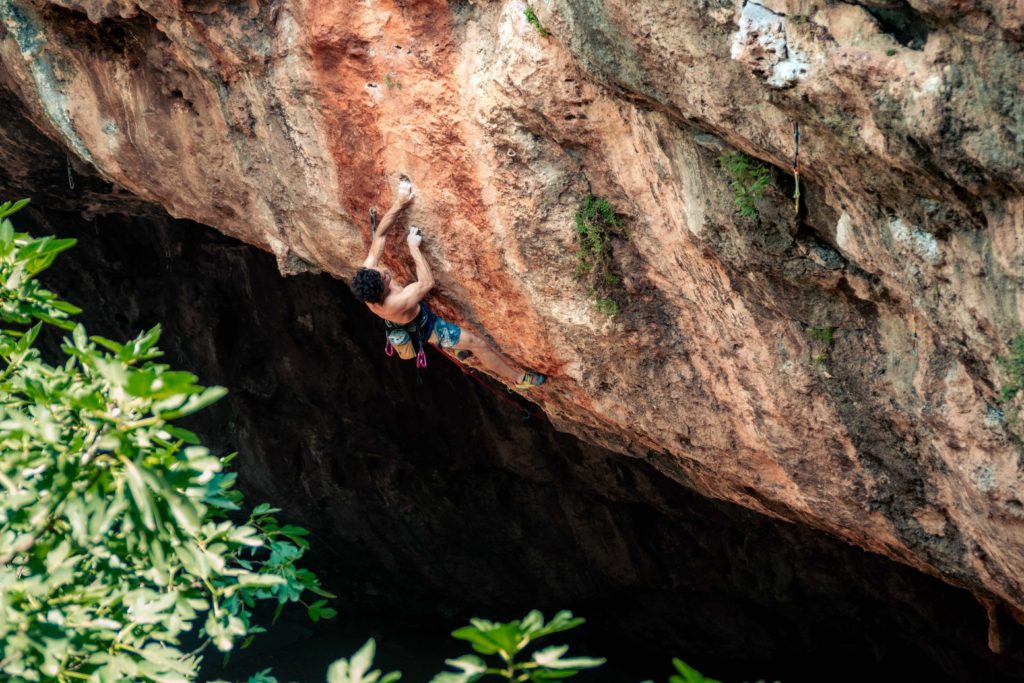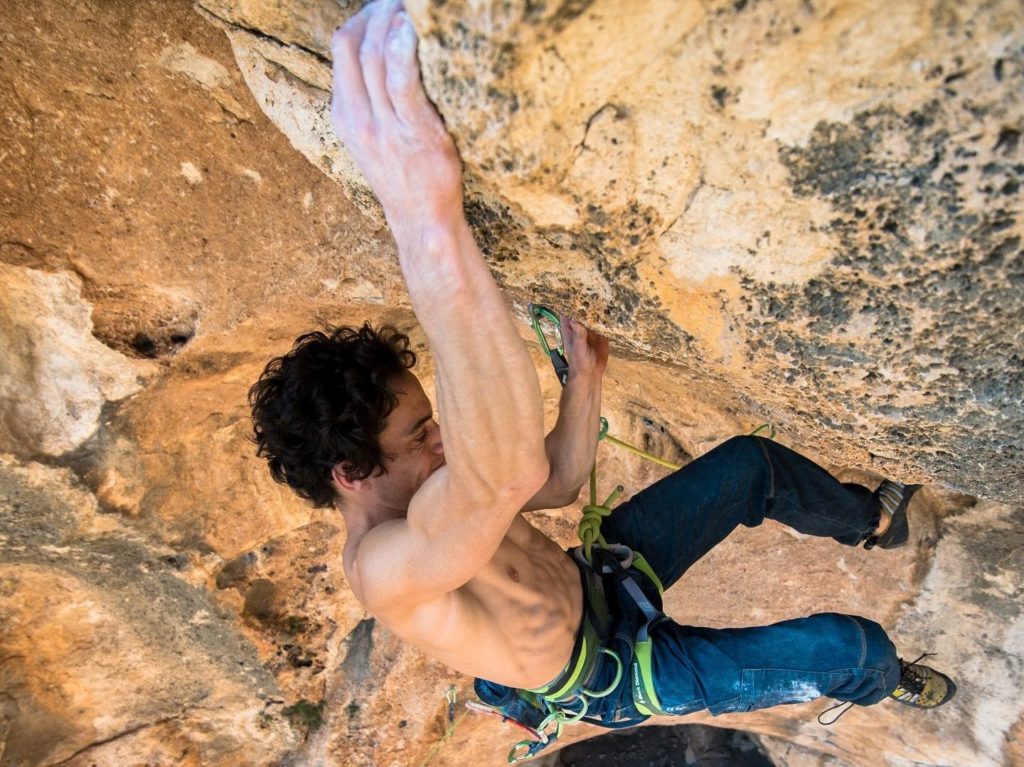
Strength Training for climbers
The first thing you need to ask yourself before you start any training program that address strength is:
"Do I need more strength"?
The easiest thing to say when failing on a route or a boulder is "I am too weak" but is it really the case?
Do you familiar with the situation that you are trying a boulder problem and you could not move from the first hold, and you are thinking to yourself: "I am probably too weak", but by the tenth attempt you succeeded the route? Did you become stronger during the attempts? Probably no, maybe more tired, but you have learned and maximized your potential during the attempts so strength wasn't the real issue.
So I just pointing out that because strength training can cause injuries and could be very stressful on the joint ligaments and tendons, so beginners usually can benefit more from more technique and more experience than more power.
My advice is to give it a good thought before you start training and if you do please be alert at all time.
I thought to dig into physiology of strength training and the energetic/metabolic systems involved, but I decided not to do so in this blog entry' I will blog a post soon, dedicated just on that subject.
How to build or analyze a strength exercise:
The internet is full of videos and articles about training for climbing and it's really hard to choose what right or wrong what good or not, so I will try to give some information and maybe you will be able to judge if an exercise is good or not for you and for your purpose.
- Analyze:
Once again you start with analyzing what is your weakness.
Is it finger strength? If yes then be more specific, what kind of hold you find it hard to hold? A pinch, a crimp? What size? And so on.
Are you lacking big muscle strength? Do you have difficulties in: long reach, lock off, jumping, and overhanging routes? All are symptoms of lack of strength in the big muscle of the arm and back.
Pick an exercise that suits your purpose.
- Choose an exercise:
The exercise you chose has to be as similar as it can to your activity and to your previously analyzed weakness, the exercise has to be similar in hold size, hold angle and body movement.
Sport specific exercises are the cornerstone of efficient training program for any sport performance.
- Rapid failure:
The exercise should be hard!! this guideline is strongly connected to the energetic system that produces strength. When we do a maximal muscle contraction we can hold it just for 10-15 sec, if we can do more that not maximal.
The energy that stored in the muscle is only enough for 10-15 sec contraction or 8-12 repetitions.
your exercise must produce muscular failure fast.
- Short rests between sets:
The energy for muscle function store back after 1-3 minutes depend on the effort, so that’s the time we need for the rest.
Use a stopwatch to be as efficient as you can.
- How much?
Well that is a hard question, the sport science has many answers to this question and not all is clear, but as a rule of thumb you should do 3-5 set per training session, twice a week and 4- 8 weeks program.
The first three weeks is an adaptation of the neurological system, which became more efficient and knows how to produce more power from the muscle (more kilometers from the same engine).
In the first three weeks you should feel the change without real growth of the muscle (called: hypertrophy).
In weeks 4-8 there is an actual change in the muscle structure (the engine gets bigger) that can bear more load.
- Change and track:
Always track your progress in your training log, it's OK to change thing along the way.
Change can be made in hold size, added weight, number of sets and number of training session.
Every week analyze again: "is this exercise and the way that I do it is good enough to meet my goals?"
- Awareness for efficacy of training and injury risk:
Don't train if you are tired, you don't perform maximally and could get injured.
Give yourself proper rest, before and after training.
At least 42-72 hours between strength sessions stressing the same tissue.
Eat well, small high glycemic index(GI) food half hour before training and well-rounded meal as soon as you can after training, aim to no more than an hour later.
Stop training if any sign of injury or pain.
Well I tried in this article to give some insights to how to choose perform strength training program I hope it help a bit.
It takes some time and experience to master the subject, so do not hurry and seek for professional advice if you are not sure.
That is all for now, you are welcome to leave notes and questions here or in my Athlete page
Ofer
previous reading: Training for climbing- fundamentals
[sz-youtube url="https://www.youtube.com/watch?v=S3U0CPjmQ3Q" cover="Finger strength training " caption="An example to finger strength training exercise " /]
This is an example and part of my strength training routine .
this exercise called dead hang for finger strength.
it was developed by Eva Lopez the Spanish climber and trainer.
Workout summary:
1. 45 min of light bouldering, don't get worked.
2. few hangs on the big edges.
3. dead hangs:
5 max Hangs for 10 sec on Small edge 18mm with 27.5 kg .
The amount of weight is determined by your ability to hang for 13 sec no less no more .
repeat for 5 sets
a cycle is 8 weeks 4 weeks with weights and 4 weeks is dead hang on the smallest edge you can with no added weight .
soon i upload more videos.

הדרך הקצרה ביותר לטפס קשה יותר – מבט מבוסס מדע

מרפק מטפסים: הבנת טנדינופתיה אצל מטפסים

איך להתחזק בטיפוס תוך 24 שעות!

גידי הולנדר | מאמר אורח
רוצים להשאר בעניינים?
הרשמו לעדכונים ותוכלו לדעת ראשונים על הכתבות החדשות


